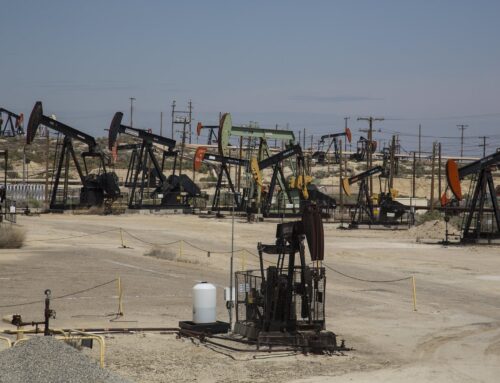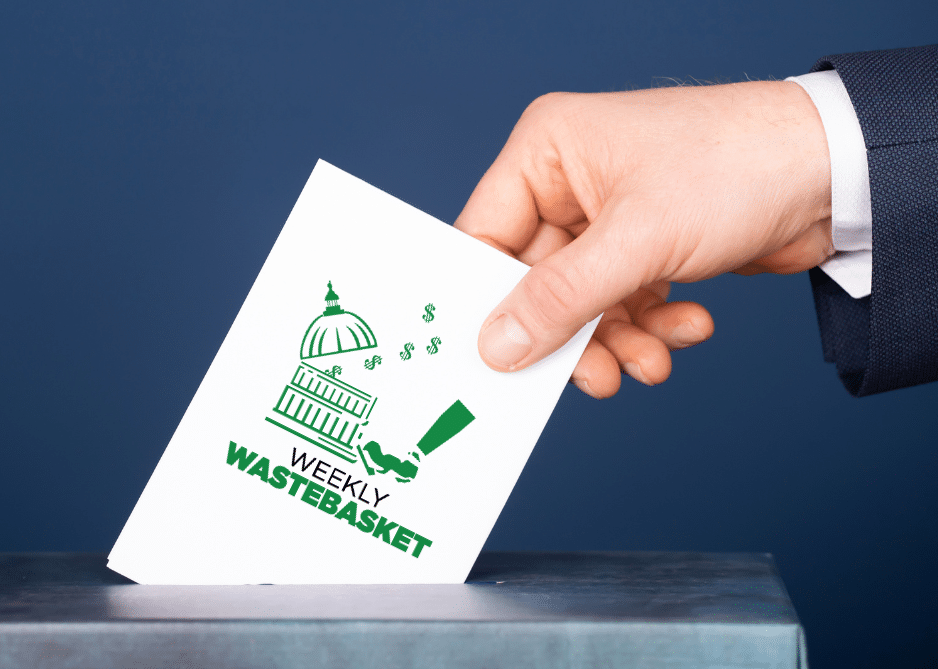Reforming the Federal Coal Program:
Using Economic Principles to Calculate Royalties
The federal government collects royalties from coal companies for the right to mine and sell federally owned coal. The Office of Natural Resource Revenue (“ONRR”), which manages these revenues, is proposing changes to the way it calculates how much royalties are owed on federal coal, a process known as “valuation.”[1] The current Federal and Indian coal valuation regulations are 25 years old – they have been in effect since March 1, 1989. The proposed rule addresses some of the changes in the coal market that have emerged over the last 25 years, but it could do more to ensure taxpayers are receiving a fair return for federal coal.
Non-Arm’s-Length Transactions
ONRR calculates the amount of royalties coal companies owe by multiplying the royalty rate (e.g. 12.5 percent) by the sale value of the coal. Recent reports have suggested that coal companies are selling coal to subsidiaries of affiliate companies in order to lower the sale price and the amount of royalties owed. The proportion of these so-called “captive” or “non-arm’s-length” sales has increased steadily over the last decade. According to Energy Information Agency data,[2] captive sales or transactions accounted for 8 percent of total sales in the U.S. in 2002, increasing to 12.1 percent in 2005, 21.9 percent in 2010, and 22.6 percent in 2012.
Existing rules attempt to establish a fair value for coal sold to an affiliate company with the use of a “benchmark,” which is the value of a comparable, independent sale of like-quality coal produced in the same area by a different company. In practice, however, companies have been unwilling to share this information with competitors, and disputes have arisen over which sales are comparable. ONRR is proposing to replace this process with one that uses the gross proceeds from the first independent or “arm’s-length” sale of the coal in order to calculate the royalties owed the federal government. For companies that produce coal and sell it to an affiliate that uses the coal to generate electricity, including within a cooperative, the royalty value is the sales value of the electricity, less applicable allowances.
The proposed changes would improve the system by ensuring that the value for royalty recovery in a non-arm’s-length transaction is established through the price set in sales between unrelated parties – the economic gold standard of “arm’s-length” transactions establishing value in the market. While efforts by DOI to estimate value have become more accurate over time, this proposal will look to actual transactions to set value, which is obviously the best reflection of value in the market.
Arm’s-Length Transactions
Although the proportion of non-arm’s-length sales is increasing, the majority of sales of federal coal are arm’s-length sales. ONRR is not proposing any changes to the valuation of arm's-length coal sales. This is a significant oversight in the proposed rule. Existing rules generally assume coal companies will sell the coal at the mouth of the mine, which is technically sold to an independent broker that transports it to consumers to sell. Especially in the Powder River Basin[3] in remote parts of Wyoming, the “market price” is significantly higher than the price of the coal at the mouth of the mine, which may be located a great distance from the market. Calculating the value of the coal at the mouth of the mine instead of the market price leads to significantly less royalties.
Multiple reports from the Government Accountability Office (GAO-14-140) and the Inspector General at DOI (CR-EV-BLM-0001-2012) have criticized the federal coal program for failing to capture a fair return for taxpayers. ONRR has the authority under the Mineral Leasing Act to set any justifiable standard for establishing “value.” As the proposed rule states, “ONRR has the authority and responsibility to establish the reasonable value of production for royalty purposes and possesses considerable discretion in determining that value.”[4] If it is going to correct the problems of chronic undervaluation, ONRR must set this standard as the p rice the market will bear for federal coal.
Evaluating the effective royalty rate currently paid by coal companies using the price paid for federal coal by consumers (the market value) instead of the price paid by brokers (mine mouth value), it becomes clear that coal companies are paying royalties at a rate well below the royalty rate set in regulation or in the terms of individual agreements. ONRR should reform the valuation process in order to capture the full royalty based on the market value of the coal. Given the difficulty in collecting “downstream” prices, the best option is likely an index price system similar to the one ONRR uses for oil and gas valuation.
Transportation and Washing Allowances
Coal companies may deduct certain costs from the sales amount used to calculate royalties owed, similar to a tax deduction. Coal companies can claim allowances for transportation costs, removal of impurities, coal washing, or any other processing or preparation of the coal. “Coal washing” is defined as any treatment to remove impurities from coal, including flotation, air, water, or heavy media separation; drying; or related handling or combination of activities. Costs that are normally associated with mining operations and are necessary to place coal in marketable condition will be allowed as a cost of washing.
Similarly, an allowance is deducted for transportation costs where the value for royalty purposes has been determined at a point remote from the lease or mine. The allowance is for actual costs to transport the coal from a federal lease to a sales point which is remote from both the lease and mine, or to transport the coal from a federal lease to a wash plant that is remote from both the lease and mine and from the wash plant to a remote sales point. The only limitation to coal allowances is that they cannot reduce the value for royalty purposes to zero.
The proposed rule would not change any of the existing transportation or washing allowances for federal coal. Existing rules discount the transportation and processing costs borne by coal companies, which artificially creates a disincentive for these companies to reduce costs. In addition to removing the incentive for efficiency, deducting these costs is a complex endeavor that requires ONRR to review detailed cost information on complicated industry processing.
Although addressing only oil and gas allowances rather than coal allowances, Interior's Subcommittee on Royalty Management of the Royalty Policy Committee noted in 2007 that the calculation of gas transportation and gas processing had for both arm’s-length and non-arm’s-length transactions become very difficult because deductible and non-deductible costs are often bundled, greatly complicating compliance review and audits. The same considerations apply to ONRR's analysis of coal transportation and washing costs.
Although the coal industry will claim that these allowances are critical to the industries’ continued existence, the actual effect of allowances on amount of royalties paid by the coal industry is only a small proportion of the total royalty calculation. According to data recently released by ONRR,[5] since 2006 the coal industry has sold coal from federal leases worth in excess of $29.9 billion. On these sales, after deducting costs of washing and transportation, the industry paid the federal government $3.3 billion in royalties. If allowances were eliminated, royalty payments during this period would have been $16.4 million greater, an increase of 0.5 percent.
Conclusion
Revenues from the collection of royalties represent one of the largest non-tax income sources for the federal government. Fair and accurate collection is necessary to ensure taxpayers are receiving what they are owed. ONRR has suggested that this proposed rulemaking is meant to be revenue-neutral. As a result, it will not help resolve the longstanding problems with the federal coal program of failing to ensure a fair return to taxpayers. ONRR should look at creating an index pricing system for federal coal, like the ones for oil and gas, in order to use the market price of coal when it calculates the royalties owed.
[1] “Consolidated Federal Oil & Gas and Federal & Indian Coal Valuation Reform; Proposed Rule,” (Unified Agenda 1012-AA13), 80 Fed. Reg. 608
[2] U.S. Energy Information Administration. 2002-2012. Annual Coal Report. Table 8. Coal Disposition by
State. http://www.eia.gov/coal/annual/.
[3] The Powder River Basin (PRB), located in eastern Montana and Wyoming, is estimated to contain about one third of all U.S. coal reserves and produce 42 percent of U.S. coal. Eighty percent of the PRB reserves belong to the federal government. Wyoming, with 13 active mines in the PRB, accounted for 83 percent of all federal coal produced and 86 percent of federal coal revenues in 2011.
[4] 80 FR 614.
[5] http://www.doi.gov/foia/os/office-of-natural-resources-revenue.cfm










